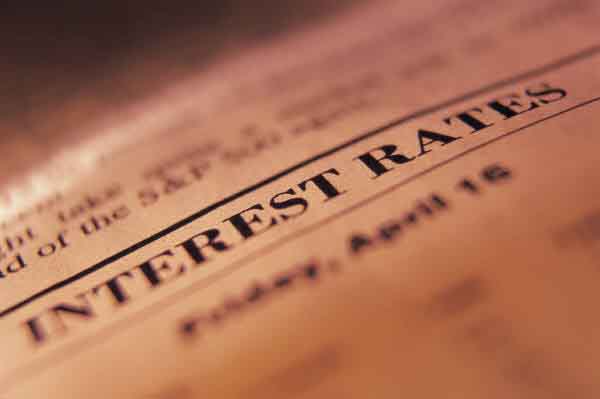A few weeks ago we talked about the roles of the Federal Reserve, one of which is to develop monetary policy. This is managed by the Federal Open Market Committee, also known as the FOMC. The FOMC “[determines] the size and rate of growth of the money supply, which in turn affects interest rates. Monetary policy is maintained through actions such as increasing the interest rate, or changing the amount of money banks need to keep in the vault” (Investopedia). These actions affect inflation, which we discussed last week. Remember that the Federal Reserve wants to keep inflation at about 2-3% to grow the economy at a healthy rate.

You may be wondering what interest rate is being affected by the FOMC. They control the federal funds rate which “is the interest rate at which depository institutions lend balances at the Federal Reserve to other depository institutions overnight” (About the FOMC). According to the FOMC’s About Us page, changing this rate can impact the following: “other short-term interest rates, foreign exchange rates, long-term interest rates, the amount of money and credit, and, ultimately, a range of economic variables, including employment, output, and prices of goods and services.”
To read the most recent FOMC Statement, which details the state of the economy and any intended actions of the FOMC, visit the Federal Reserve’s Monetary Policy Press Releases web page.
If you’re interested in learning more about monetary policymaking, check out this video on monetary policymaking tools as well as this video on understanding an FOMC statement. These were produced by the St. Louis Federal Reserve.
Andersen Library has many eBooks on the topic of monetary policy, as well, including:
- Monetary Policy at the Cutting Edge, edited by Sarah R. Porter
- Monetary Theory and Policy, by Carl E. Walsh
